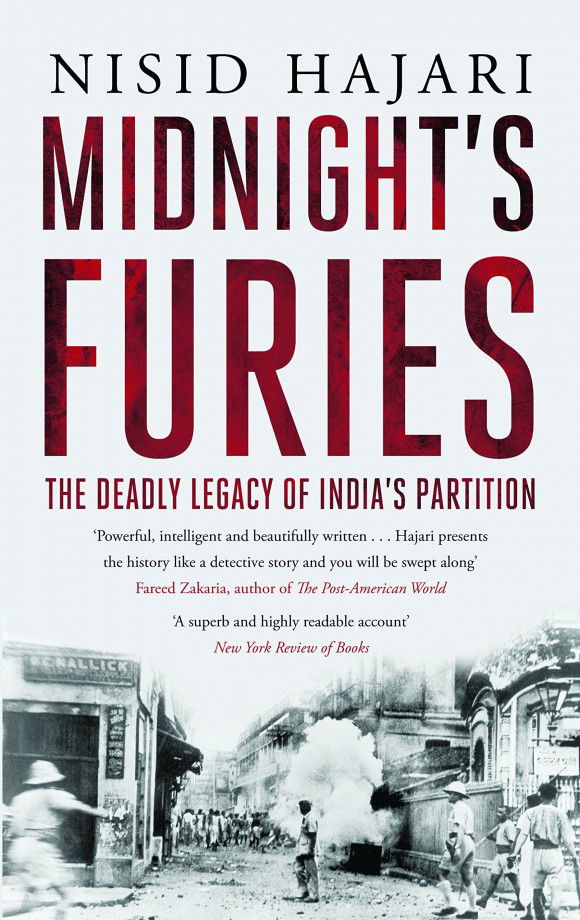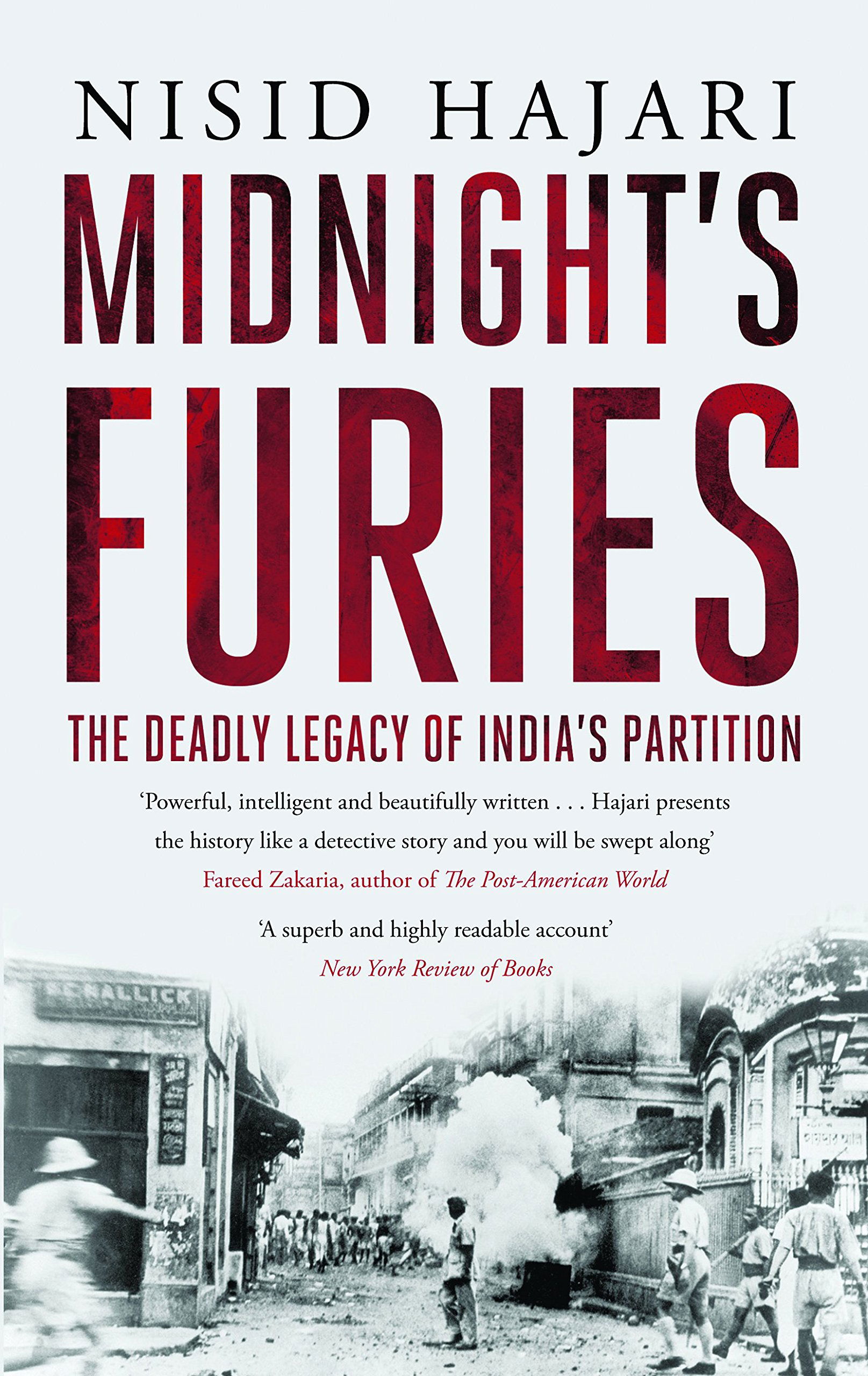Articles features
Revisiting the trauma of Partition - and its toxic continuity (Book Review)

Title: Midnight's Furies: The Deadly Legacy of India's Partition;
Author: Nisid Hajari; Publisher: Penguin Viking; Pages: 328; Price: Rs.
599
Chairman Mao, once asked about the impact of the French
Revolution, quipped it was too soon to tell. On the other hand, the
Partition of India, in a welter of savage, genocidal violence, suffering
and dislocation of people, instantly cast a dark shadow on both India
and Pakistan and their relations and nearly 70 years later, can still
inflame passion and influence discourse.
It also keeps various
authors busy in trying to fathom its causes, dynamics and even
inevitability - while their readers seek to probe their intentions and
motivations.
Apart from autobiographies and biographies of the
main players (often with biases, glosses or self-justification), various
first person accounts of those experiencing its excesses and academic
treatments, Partition has various "popular history" narratives,
prominent among which are those by Dominique Lapierre and Larry Collins,
Patrick French, Alex von Tunzelmann, Yasmin Khan, Ayesha Jalal, Dilip
Hiro, and Stanley Wolpert among others.
Adding to this corpus is
journalist Nisid Hajari, who, in his first book, seeks to revisit the
effect of Partition "through personal stories and eyewitness accounts"
and the "complex relationships" between Congress, Muslim League and
British leaders (along with their backgrounds - like most other authors
cited above) and, more importantly, how it "has given birth to global
terrorism and dangerous nuclear proliferation (in Pakistan)".
Hajari,
currently the Asia Editor for Bloomberg View (Bloomberg News' editorial
board) and earlier with Newsweek and Time magazines, paints a harrowing
picture of one of the most bloody civil conflicts of the 20th century
and the culpability of those responsible - whether by design,
inexperience or apathy. Drawing a parallel with the 1994 Rwandan
genocide, he postulates that the violence was "relatively confined in
time and place" but the fears, paranoia and hatred then unleashed
created "a dangerous psychological chasm", which in conjunction with the
Kashmir and Hyderabad issues, and future conflicts, seems virtually
unbridgeable. He refrains from offering any solutions.
He also
focusses on the paradoxes - the initial aversion of the Quaid-e-Azam,
who eventually fought for and obtained a state on religious principles,
to mixing religion with politics as pioneered by the Mahatma (also
attested by veteran journalist Durga Das), while the latter, the apostle
of non-violence, being ready for a bloodbath if that was the price for
the British leaving, and how those princely states reluctant to accede
to India not only included Hyderabad and Kashmir (on advice of prime
minister Ram Chandra Kak) but also Jodhpur and Travancore (Sir
C.P.Ramaswami Iyer the diwan).
Hajari, who observes his story
"features no easy villains - and few heroes", is unsparing of top
leaders on both sides, who, despite the reverence they may be held in,
were eventually human, with all the failings possible - vanity,
arrogance, prejudices, uncompromising rigidity, petty dislikes and, most
fatally (for their people), the belief they could adapt to their
purpose the violent passions and identity politics they helped create.
Unfortunately they were wrong - and Indians and Pakistanis alike are still paying the price.
(Vikas Datta can be contacted at vikas.d@ians.in)




































